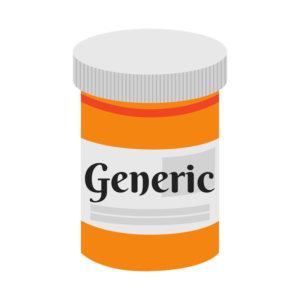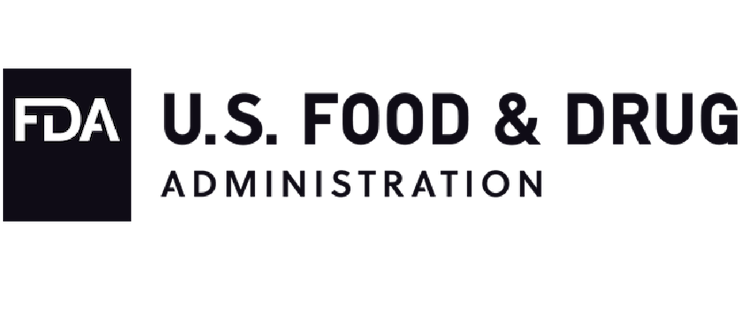As part of my “educate myself more” attempts, I wanted to dig into an article about the FDA a little deeper. The most confusing part of my coverage of diabetes in the decade that I’ve been doing this has easily been anything to do with the FDA.
It has always been confusing to me.
But, this article is pretty straight forward, the practice being talked about is a bit, well, shady.
Blocking Generics
So, when a company submits a generic drug to the FDA, the brand name pharmaceutical company will help organize citizen petitions to the FDA which will bog down the process of getting said generic approved by the FDA.
 I get it, it makes sense, but it seems like a pretty sketchy move in my book.
I get it, it makes sense, but it seems like a pretty sketchy move in my book.
The FDA announced last week that it is going to crack down on these practices.
FDA Commission Scott Gottlieb is quoted in the article saying,
while the record shows that citizen petitions have rarely delayed specific generic drug approvals, there’s no doubt that the process requirements associated with … petitions can add to resource burdens on the generic drug review process.”
Another tactic that brand name companies use is to withhold samples from the generic company. According to the Washington Examiner article,
“a generic company needs up to 5,000 samples of a brand name drug to complete approval testing.”
These both seem like old school pharmaceutical tricks that have probably been used for a long time, but I don’t like them and I like the crack down.
Building the Biggest Building
I’ve used this example in the past, but there are two ways to have the biggest building in town.
1. Knock down the current biggest
2. Build the biggest building in town
What does that mean?
You can either become the best by trying to knock down the others and cheat and get ahead by putting them down.
Or
You can become the biggest building by putting in the work, making a better product and just dominating your competitor.
I get it, once a generic comes out, you’re not going to make as much money as you will if there’s not a generic, but you know this going into launching a new medication.
What are your thoughts on this? Are there any other sneaky little tricks played on the FDA that are worth discussing?
Share this article on Facebook or Twitter now and keep the conversation going.
Like what you read? Then sign up for The Life of a Diabetic newsletter to get all the week’s posts delivered directly to your email every Saturday morning.

Actually these are the least of the push. The real money is in blocking bio similar medications. As medications come to market they must first clear the hurdle of the patent office. Since it is nearly impossible to make a bio similar without stepping on some patent since every part of the process is patented. Some biologic medications have more than 500 patents on file and more added every year. So bio similar medications must take one of two roads. First they must fight the patents in court (expensive and time consuming) or they license the medication (expensive).
To date most license and they pay several million dollars in fees over a period of an additional 5 to 7 years. This holds bio similar products at an average of over 90% of the original medication usually at least 5 years post approval. Since these medications are very expensive it will play out until 2022 and beyond
But of course that is not the end of it. To avoid even the slightest hint of losing market share, they then negotiate with PBM’s and give them 5-10% rebates on mature products with little developmental costs. What this does is close any real chance of acquiring market share until the end of the license period. It will likely keep bio similars from gaining widespread market share into the late 2020’s. After all who wants to buy a similar when they can have the name brand for less or no less than the same price.
Yes this impacts insulin to some degree. The only difference is that insulin costs so much less than the typical $2,000 per shot bio similars in other markets.